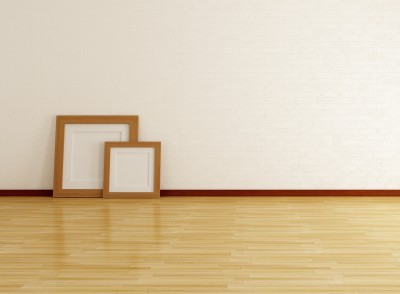Instruction
1
Unlike ceramic tiles, laminate flooring is not glued to the floor, so to avoid sagging, it is important to lay laminate flooring on a previously prepared flat surface of the floor. The basis for the laminate can be any hard surface: concrete, plywood, floor Board. Plate laminate are attached to each other locking clutch system "tongue and groove and can be additionally bonded at the joints with waterproof glue recommended by the manufacturer.
2
Prepare the floor for installation, carefully clean it with a vacuum cleaner. If the floor will remain concrete dust or other debris, when you walk on it the laminate will make unpleasant creaking.
3
Spread substrate on the floor for the laminate, which may be made of polyethylene foam, and balsa wood. The substrate will soften the touch of hard floor surfaces and laminate, and to avoid a hollow sound when walking.
4
Start to lay the laminate on the corner of the room, leaving free space in the 10-15mm from the wall. This technological gap will help to avoid deformation of the laminate when the humidity in the room.
5
Placing the first plate of the laminate, attach to her butt the next, and so lay the first row to the opposite end of the wall. Cut the last plate electric jigsaw or hacksaw on wood, not forgetting to leave a gap between the laminate and the wall. Install wooden or plastic wedges between the wall and the edge of the plates that the cover does not move during installation.
6
Ready for laying the next row, preliminary measurements and the extreme shortening of the plate. Connect the second row of plates between the ends, and then insert in the longitudinal lock of the first row of the whole band at once. So you will achieve a smooth connection and avoid blows to the laminate with a hitch.
7
Continue to lay the floors until you cover the entire floor surface. After you're finished laying, remove the wedges and attach to the wall skirting to hide the technological gap and slightly flatten the edges of the laminate to the floor.
Useful advice
Lay plates of the laminate relative to each other in chessboard order or with an interval in 1/3 of the length of the plate to end the joints were at the same distance.
